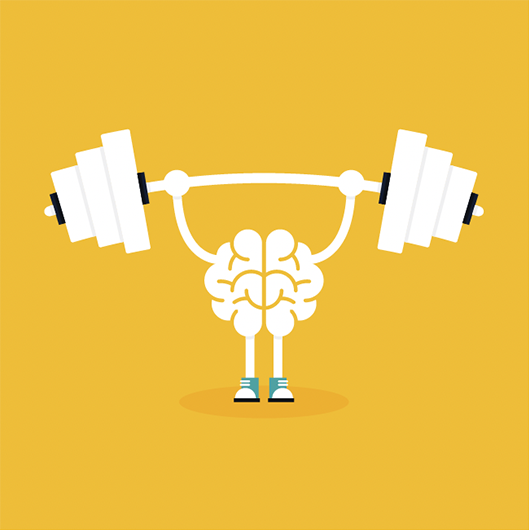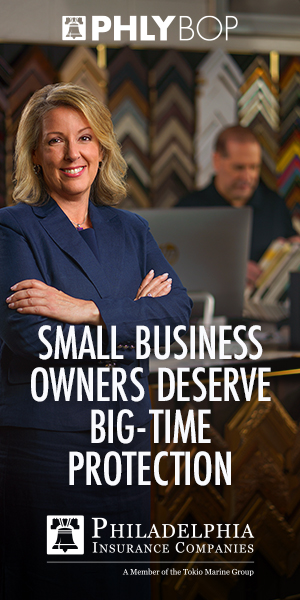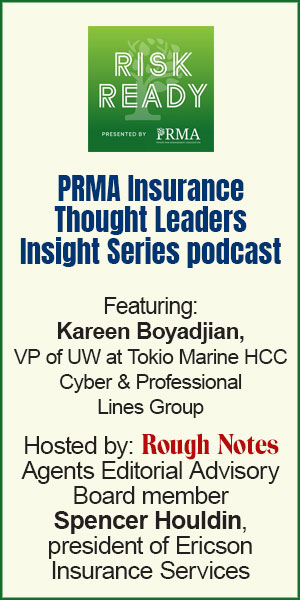
The solution to dealing with stress
in today’s whitewater world of work
At a time when we need to be getting stronger at handling stress,
people seem to be growing increasingly fragile.
By Kimberly Paterson, CEC
Today’s business environment is in a constant state of motion. Based on my coaching conversations with clients, they move from one crisis to another, leaving them fewer moments to recover and recalibrate. It’s no surprise that stress levels are on the rise.
Gallup has been tracking stress for three decades, and their most recent poll indicates that nearly half of all Americans report frequently experiencing stress, the highest level in the poll’s history. According to the American Psychological Association (APA) 2023 Work in America Survey, work is a significant factor. The study shows that 77% of Americans reported being stressed out by work in the last month, and almost six in 10 respondents experienced burnout due to work-related stress.
Feeling the pressure themselves, leaders are not blind to the issue. According to a 2023 Harvard Business Review study of leaders, 82% of respondents say workplace stress is a problem in their organizations and that it is hurting employee engagement, productivity, and innovation and it’s contributing to employee turnover. Nearly 72% see it as a significant factor in employee burnout.
Some say the prevalence of stress in the American workplace has led many professionals to accept it as the new normal.
Stressing about stress
Stress is unlikely to go away anytime soon. Our health and peace of mind demand that we get better at dealing with it. The paradox is that we live in a culture that’s robbing us of the opportunities to build the skills we need to function effectively. At a time when we need to be getting stronger at handling stress, people seem to be growing increasingly fragile.
Consider the recent presidential election. In the American Psychological Association’s August 2024 Stress in America Survey, 69% of respondents specifically cited the election as a significant source of stress. Concerned about students’ fragility and ability to manage their emotions around election results, universities staged various wellness events, from arts and crafts and building with Legos to hot chocolate with therapy dogs and crying rooms. Instead of teaching students how to process and productively use their disappointment, frustration, and even anger, school officials soothed them like toddlers in the middle of temper tantrums.
The culture signals that it’s appropriate to avoid the stress of dealing with people and situations that make us uncomfortable. Over the holidays, some psychologists advised people to “practice good self-care” by avoiding holiday celebrations with family members whose politics they disagreed with. One of my neighbors was lamenting that she’d be alone for Christmas because her sister and parents refused to sit at the same table with someone who’d voted for a candidate they found offensive.
In our society, it’s become acceptable to shut down, try to silence people or lash out when anything triggers us. Rather than learn to cope with differences or words we consider offensive, we’ve come to believe that we have the right to never hear anything we don’t like. This mindset is especially problematic at work, where we need to work with others whether we like them or not and receive feedback that we’d rather not hear.
In recent years, there’s been an increased focus on mental health in the workplace. While this has helped some, mental well-being has become an American preoccupation. What the human brain pays attention to is magnified. When we focus on our stress and protecting our psychological safety, we see threats everywhere. Instead of feeling less stressed, we feel more stressed.
Thriving in turbulent times demands shifting our focus from avoiding and minimizing stress to building the muscle to handle it.
Building the stress response muscle
Did you ever wonder why your team members handle stress so differently? A small amount of stress will overwhelm one person and drive them to tears while another is at their best under extreme pressure. People are on all points of the stress tolerance continuum, from extremely fragile to highly hardy. The difference generally lies in their “stress fitness” level, a concept coined by Paul Taylor, author of Death by Comfort.
Think of stress fitness like physical fitness. Whether through life experience or intention, some people build and strengthen their stress response muscles; others don’t. When confronted with stress, those who have conditioned the muscle are adept at handling it.
The good news is that anyone can build the skills, and it’s never too late to start. Here’s how:
- Reframe how you see stress. Building your stress muscle begins with reframing how you think about stress. People often see stress as a negative. If we perceive it as negative, it significantly impacts how we respond.
According to Kelly McGonigal, author of The Upside of Stress, when people view stress as harmful, they tend to resort to unhealthy coping mechanisms like procrastinating to avoid stress, drinking or overeating, or fixating on the worst that can happen. Her research found that “simply having a goal to avoid stress increased the long-term risk of outcomes like depression, divorce and getting fired, by increasing people’s reliance on harmful coping strategies.”
- Think challenge, not threat. Instead of perceiving stress as something to be avoided or minimized, think of it as a challenge to be embraced that will make you stronger, smarter and more confident.
When we see stress as a threat, our brains resort to fight or flight mode, flooding our system with cortisol, the stress hormone. Even though the threat may not be life-threatening, our body defaults to survival mode, limiting our ability to take in information, think clearly, or problem-solve.
When our brain sees the situation as a challenge, we see it as a problem to solve. Instead of panicking, releasing cortisol, and clouding our brains, we can think clearly and start taking action.
- Mindset matters. Stanford psychology Assistant Professor Alia Crum’s research showed that “Viewing stress as a helpful part of life, rather than as harmful, is associated with better health, emotional well-being and productivity at work—even during periods of high stress.”

Exercise. The stress response activated when you are physically stressed versus emotionally stressed is exactly the same. Neuroscience shows that when you engage regularly in the stress of physical exercise, you enhance your ability to deal with psychological and emotional stress.
People who exercise regularly also grow volume in their frontal lobes, especially in the areas related to willpower and self-control. Self-control is a key psychological trait that breeds success and helps people overcome hardship.
- Focus less on resilience and more on preparation. Resilience is about recovering and bouncing back. The better prepared you are to handle the stress, the less time and energy you’ll spend recovering.
- Build your stress muscle by deliberately tackling things that make you uncomfortable. Exposure, not avoidance, is key to building your stress tolerance. When you expose yourself to stressful situations like a networking event, if you’re an introvert, or accepting an assignment you have no idea how to do, you increase your skill to handle stress.
The ability to learn from stress is programmed into the basic biology of the stress response. It leaves an imprint on your brain that prepares you to handle similar stress in the future.
- Use it or lose it. The stress muscle is no different than a physical muscle. If you stop working, even for a week to 10 days, you begin to lose your strength. If you want a high level of stress fitness, you have to do the work, and you’ve got to do it continuously. That means constantly challenging yourself and expanding your comfort zone.
- Find the meaning. Think back to an accomplishment in your life that you are incredibly proud of. If you are like most people, what stands out will be something that was hard for you or pushed you beyond your comfort zone.
A meaningful life comes from doing the hard things, not from staying safely in our comfort zone. Holding the belief that there is meaning in stress and that you have the strength to handle it will help you rise to the challenge.
- Resist personalizing stress. Be mindful that what you’re experiencing is not unique to you. Life is full of stress, and life is hard. Avoid interpreting your stress as a sign that your life is messed up or that you’re suffering because your manager or workplace are overly demanding.
Stress at work and in life is inevitable. As leaders and coaches, we can’t eliminate someone else’s stress. Our role is to give people the knowledge, tools and opportunities to develop the hardiness they need to grow and thrive in the most challenging conditions.
Reframing how we think and talk about stress, continuously stretching people’s comfort zones and seeing challenges as moments for growth are essential first steps.
The author
Kimberly Paterson, Certified Executive Coach and Master Energy Leadership Coach, is President of CIM (www.cim-co.com), CIM works with organizations and individuals to maximize performance through positive lasting behavioral change. Her clients are property & casualty insurance companies, agencies, and brokers. She can be reached at kpaterson@cim-co.com. Follow Kimberly on www.linkedin.com/in/kimberly-paterson.




